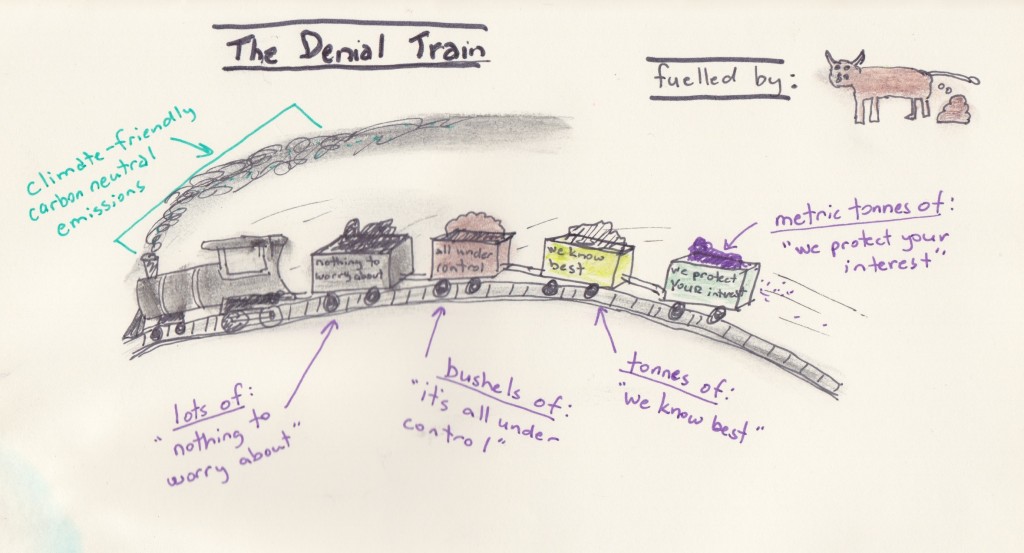Yesterday the Pacific Salmon Commission confirmed what many figured would probably be the case in the first place… the forecasts for Fraser Sockeye were blown… AGAIN.
Yet, the Dept. of Fisheries & Oceans and PSC will carry on about how predictions are a tough business, etc. etc. And that if we look closely at the end of the season that the returning numbers of Fraser sockeye to the mouth were actually in their 25% probability range.
Here’s the newly adopted in-season run predictions for Fraser sockeye from the PSC’s Friday news release:
The real blown part of the ‘forecast’ is in the Summer runs grouping – Again (the ‘groupings still a problem in themselves). Appears that things were missed by close to half (circled in dark blue near the middle of image). The overall result is a difference of pre-season prediction of close to 5 million (circled in orange) and a current in-season estimate of just over 2.6 million (circled in red). However, we still don’t have an in-season estimate on late summers, which are going to be hooped if river temps stay anywhere near where they are. Chances are good as the temps in the lower Fraser have been climbing steadily all week.
Here’s the PSC narrative on that:
The “management adjustment” is the WFU factor.
(We F’ed Up and now our ‘management’ kicks in – factor).
The best part of all this is the language that the PSC uses to try and explain themselves out of this:
 Tthe stocks have “experienced below average total productivity relative to the historical”… Hmmm.
Tthe stocks have “experienced below average total productivity relative to the historical”… Hmmm.
Wasn’t this the year of the return of the 2009 Fraser sockeye run that was the lowest ever on record and was a completely blown forecast from 10 million predicted by the Dept. of Fisheries and Oceans in the pre-season?
Wasn’t this the progeny of the 2009 run that motivated the unprecedented some-$26 million judicial inquiry – the Cohen Commission into declines of Fraser sockeye? (which remains unimplemented).
Not to mention that it seems fisheries managers are suffering from a classic philosophical problem – the problem of induction. Old English philosopher Bertrand Russell explained it well in the early 1900s – basically calling it the turkey problem.
See the turkey, a few days before Thanksgiving, sees the farmer walking across the farmyard carrying a unique glittering thing. The turkey figures, “oh whatever, our beloved farmer is just coming to feed us, like she has for the last 500 or so days.”
The turkey suffers from the classic problem of induction… because that day figuring all will be like history has suggested: e.g., farmer arrives, I get fed. Unfortunately, it has suffered from a classic error. As not long after this thought that its feeding time (again), like every day in turkey memory before that… it loses its head. And off to market and some happy family dinner table.
Russell used the example that classic human folly suggests we believe the sun will rise tomorrow just like it has for the last however long – yet… there is a chance that it won’t. But we continue to believe in the “historical time series”… That will do us little good the day that the sun does not rise in the way that it has for the last several millenniums. The Black Swan event, as some call it.
The problem with this thinking is that the historical time series is only part of reality – however fisheries managers put an immense amount of stock in it… and then get burned, like they are this year (again), and come out looking like turkeys, or at least being painted with that bad feather brush.
Time for things to change – as the Skeena and Fraser Rivers and many others… have been warning for quite some time.



